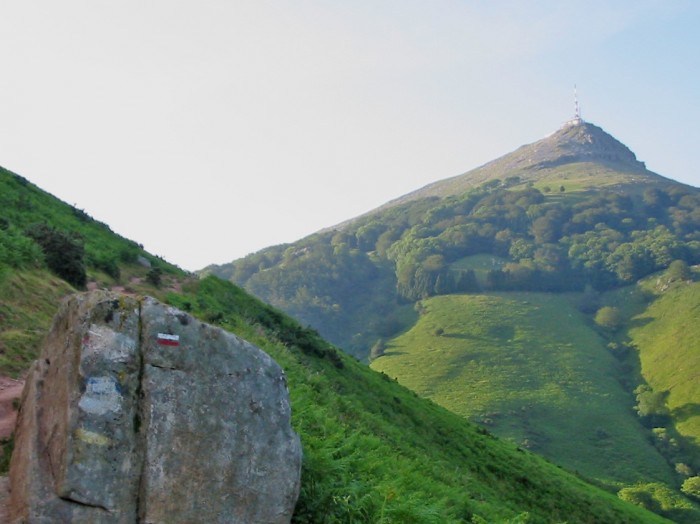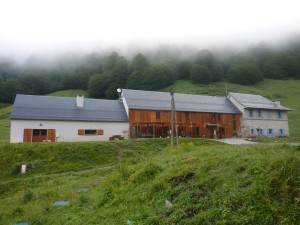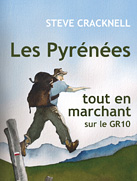Don’t miss the exhibition about the Pyrenean ibex in the château de Seix (Ariège), 1 July to 31 August, 14h30 to 19j00.
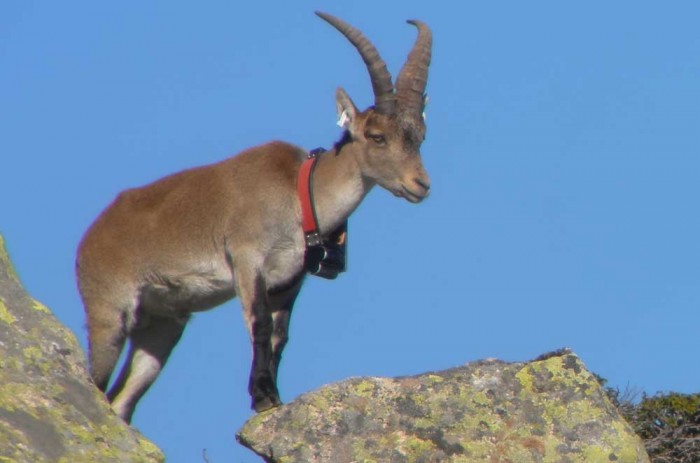
Five-year-old male ibex with tracking collar, recently released in the Ariège department © Jordi Estèbe, Parc naturel régional des Pyrénées Ariégeoises
Strange things have been happening in the central Pyrenees, in a triangle bounded by Cauterets and Ustou (Ariège) on the French side and Torla (Huesca) on the Spanish side. The Pyrenean ibex has come back from the tomb.
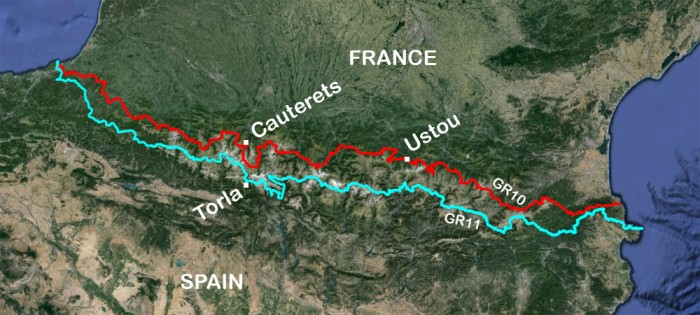 The Pyrenean ibex (bucardo in Spanish, bouquetin in French, steinbock in German) was first reported extinct in 1825 but it actually survived until 6 January 2000, to become the first extinction of in the 21st century. Despite that, another Pyrenean ibex was born in 2009 and there are now thirty grazing in the French Pyrenees. What happened?
The Pyrenean ibex (bucardo in Spanish, bouquetin in French, steinbock in German) was first reported extinct in 1825 but it actually survived until 6 January 2000, to become the first extinction of in the 21st century. Despite that, another Pyrenean ibex was born in 2009 and there are now thirty grazing in the French Pyrenees. What happened?
The three horsemen of the ibex apocalypse were hunting, inbreeding and loss of habitat.


